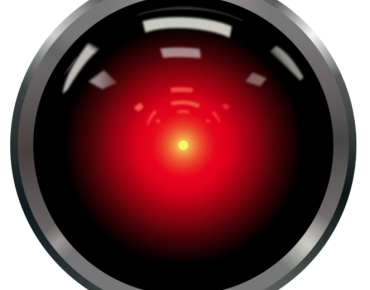Lower Electric Bills, Higher Morale At Datacenters

Everybody likes a good deal, but here's a marketing pitch we hadn't heard before: Increasing energy efficiency in datacenters also improves "company morale."
That's one of the arguments made in a recent case study released by a company that outfits datacenters, Chatsworth Products. The study describes the experiences of a St. Louis-based datacenter colocation provider, Hostirian. Like most datacenter operators, the 13-year-old company averaging about 30 percent annual growth was looking for ways to cut its growing energy costs.
"Our electric bill is our largest bill," according to Ken Cox, the datacenter operator's vice president of operations. Like most colocation operations, Hostirian began looking for ways to upgrade its legacy operations where, Cox said, "you can literally feel the inefficiencies."
Those inefficiencies, according to the Chatsworth Products case study, were hell on company morale.
It's certainty true that datacenters can be pretty sterile places, not unlike the bowels of the HAL 9000 computer in Stanley Kubrick's film adaption of Arthur C. Clarke's classic, 2001: A Space Odyssey. Nevertheless, argues the datacenter architect, energy efficient, climate controlled server farms with row upon row of blinking lights makes for happier employees.
Hostirian, which operates a 30,000-square-foot datacenter with 5,000 servers managing about 40,000 domains, considered both hot and cold containment aisles as a first step toward reducing its energy bill. Its datacenter is built on a concrete slab floor with no plenum chamber, the shell used to retain hot or cold air, gas or positive pressure. Given this architecture, the colocation provider went with cold air containment, which turned out to be less expensive given the Hostirian's existing set up.
Energy usage was immediately cut in half in a legacy datacenter with the same IT workload, and the company is now converting its entire operation to cold aisle containment. The new floor plan accommodates 18- and 22-rack pods, with cooling averaging 3.5 kilowatts per rack, according to installer Chatsworth Products. The datacenter thermostat is set at 72 degrees Fahrenheit, but efficient air segregation helps maintain a steady 68 degrees.
The upshot is that Hostirian cut its energy bill, there is less wear and tear on its IT infrastructure and it did not have to raise prices for its growing web-hosting customer base. Indeed, the datacenter operator said the upgrade attracted new business.
It turns out the upgrade was also good for company morale. "My favorite part of the day is touring the datacenter," crows Cox, the Hostirian ops guy.
Part of the reason for the morale boost is that the mid-size colocation specialist is about 30-percent employee owned. "We are not funded by venture capital, but instead by the people who work here and our customers," Cox is quoted in the case study. "Our customers are our investors and we are responsible for their revenue stream as well."
Good for Hostirian, a mid-sized hosting services provider who found a way to compete in a cutthroat market without having to go hat-in-hand to outside investors.
The bottom line? HAL, the malevolent computer from 2001, was bad for crew morale and had to be disconnected; energy efficient datacenters, on the other hand, are a morale booster. They are also good for the earth, which should boost everyone's morale.
Related
George Leopold has written about science and technology for more than 30 years, focusing on electronics and aerospace technology. He previously served as executive editor of Electronic Engineering Times. Leopold is the author of "Calculated Risk: The Supersonic Life and Times of Gus Grissom" (Purdue University Press, 2016).











